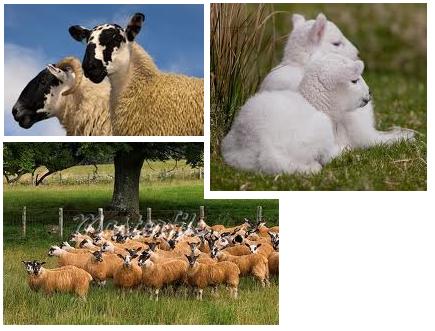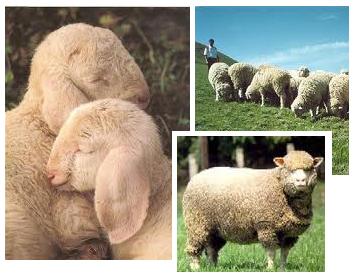





Wool is one of the oldest basic materials used by mankind, and one that remains indispensable to this day, which is why we consider it so important to describe all of its health benefits.
This brief guide was inspired by our love of all things woollen!
We have evidence that mankind has known and used wool for 25,000 years. Historical artefacts tell us that the art of wool manufacturing spread to Assyria, Babylon, then to Egypt and Phoenicia.
Italy remains at the forefront of the major wool-manufacturing countries to this day, possibly thanks to the mechanical loom invented by Leonardo da Vinci, which made Italy into an enviable textile manufacturing superpower even in his own lifetime.
It is no coincidence, therefore, that the world’s finest Italian wools go into the making of DEMKO® products.
Woollen products accompany us as faithful companions through our everyday lives, protecting our bodies, our health, our life. Wool is a special, ancient material, more versatile than any other textile. It provided as much protection for nomads in the desert heat as for inhabitants of the tundra in sub-zero winters. The shepherd’s woollen cloak offered warmth in the winter, and was then turned inside-out in the summer to protect from the heat. A crying child will calm down if laid down on soft wool, and it is a well-known piece of folklore that aching joints stop hurting when wrapped in the material.
From sheep, you might answer confidently. This could be the right answer in relation to only a few areas of use, but in fact the Cashmere goat, Angora goat and hare, the camel, llama and alpaca are also sources of wool. For the manufacturing of DEMKO® wool products we use the highest quality lambswool, depending on what it is used for. This means that for us, the variety of sheep is important for the purposes of classification.
Sheep can be divided into three main groups: Merino, cross-bred and indigenous breeds.
The Merino is the best breed for the purposes of wool production. Originating from Spain, it was introduced to Australia around the late 1700s. Through long and careful husbandry, farmers have refined the breed to the point where certain breeding animals change hands for large sums of money at auction today. Their extremely fine fleece is used exclusively as a raw material by the textile industry.
The cross-bred varieties are descended from Merino and indigenous breeds, and their meat is just as sought-after as their wool, which is used to make items such as rugs and blankets.
The indigenous breeds, besides being farmed for meat and wool, also have an important role in the dairy industry. Their wool is made up of coarser fibres, and suitable for folk costumes and mattresses.

It’s the complex makeup of wool – its physical and chemical structure – that explains why it is commonly referred to as a miracle of nature. A wool fibre is made up of a central strand, or cortex, surrounded by cuticle cells. Wool fibres owe their elasticity and strength to microfibrils, which are built up from special proteins.
The Central European system for grading the fineness of wool uses the letters of the alphabet, while the English and French systems use numbers. Perhaps the most widely used is the English system for grading fineness, where the letter “s” refers to the number of hanks that can be spun from a given weight of fleece.
For example, 64’s means that 64 km of yarn can be spun from a kg of fleece. If the wool is designated 100’s, the 1 kg of fleece yields 100 km of yarn, and so on. The yarn that can be spun from a truckload of 100’s fleece is 400,000 km, which is enough to reach from the earth to the moon.
But how strong would this yarn be? Wool is not famous for its high tensile strength, but while it isn’t used to make fishing nets or tow ropes, it nevertheless has excellent elasticity, malleability and flexibility properties.
The excellence of DEMKO® wool stems from its:
Because wool creates a harmonious balance between mankind and nature. This harmony is enjoyed by every cell in your body as you rest in a natural cocoon of wool.
Copyright @ 2015 Demko Feder. All rights reserved.